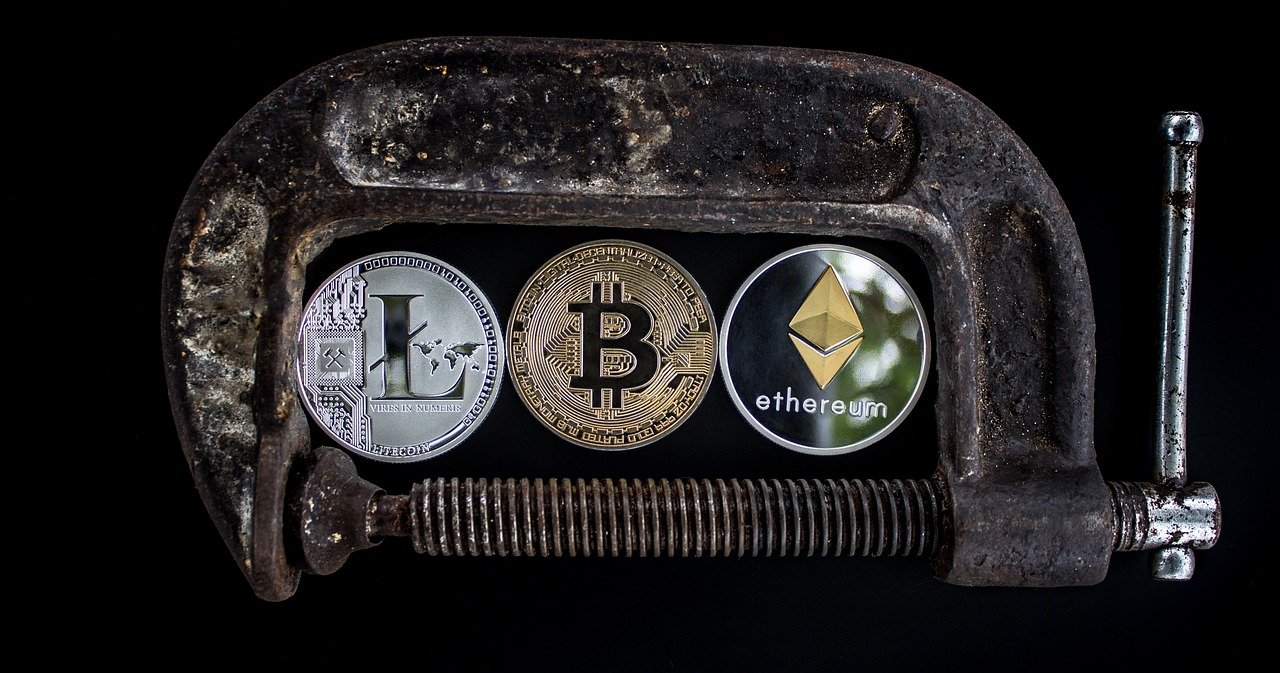Proof of Work (PoW) is the foundational consensus mechanism that underpins many cryptocurrencies, most notably Bitcoin. It’s the process by which new transactions are added to a blockchain and the network agrees on the current state. But how does this complex-sounding process actually work, and why is it so important? This blog post will delve into the depths of Proof of Work, exploring its mechanics, advantages, disadvantages, and its continuing relevance in the world of blockchain technology.
What is Proof of Work?
The Core Concept
At its heart, Proof of Work is a method of confirming transactions and adding new blocks to a blockchain by requiring network participants (miners) to solve a computationally intensive puzzle. The first miner to solve the puzzle gets to add the next block to the chain and is rewarded with newly minted cryptocurrency and transaction fees. This competitive process ensures that the blockchain remains secure and decentralized.
How it Works in Practice
The “work” in Proof of Work refers to the computational effort expended by miners to find a specific solution, known as a “nonce,” that, when combined with the block’s data and hashed, produces a hash that meets a certain target difficulty. This target difficulty is adjusted periodically by the network to maintain a consistent block generation time, regardless of the overall computing power (hashrate) on the network.
- The process involves the following steps:
A new block of transactions is created.
Miners take the block data and a random number (nonce).
They use a cryptographic hash function (like SHA-256 in Bitcoin) to produce a hash.
If the hash meets the target difficulty, the miner broadcasts the block to the network.
Other nodes verify the solution and add the block to their copy of the blockchain.
The miner receives a reward (newly minted coins and transaction fees).
For example, consider Bitcoin. Miners compete to find a nonce that, when combined with the block’s header and hashed using the SHA-256 algorithm, produces a hash that starts with a certain number of leading zeros. The more leading zeros required, the harder it is to find a valid nonce, thus increasing the “work” required.
The Benefits of Proof of Work
Security
One of the most significant advantages of Proof of Work is its robust security. Altering a block in the blockchain would require redoing all the work for that block and all subsequent blocks, which is computationally infeasible given the current hashrate of networks like Bitcoin.
- 51% Attack Resistance: To successfully execute a 51% attack (controlling more than half of the network’s computing power), an attacker would need immense resources, making such an attack extremely expensive and difficult to maintain.
- Immutability: The cryptographic hashing and distributed nature of the blockchain make it exceptionally difficult to tamper with the historical record of transactions.
Decentralization
Proof of Work allows for a decentralized consensus mechanism, as anyone with the necessary hardware and software can participate in mining. This distributed nature helps prevent a single entity from controlling the blockchain.
- Permissionless Participation: Anyone can join the network and contribute to the security and validation of transactions.
- Reduced Trust: The consensus mechanism minimizes the need for trust between participants, as the blockchain’s inherent properties ensure the integrity of the data.
Establishing a Foundation
Proof of Work provided the original successful method for securing a decentralized, trustless network. Its very existence and ongoing operation are a testament to its underlying soundness. It set the stage for all subsequent blockchain technologies.
The Drawbacks of Proof of Work
Energy Consumption
One of the most significant criticisms of Proof of Work is its high energy consumption. The computational effort required to solve the puzzles leads to significant electricity usage, raising environmental concerns. The Bitcoin network, for example, consumes a substantial amount of energy annually, comparable to the energy consumption of some entire countries.
- Environmental Impact: The reliance on energy-intensive mining hardware contributes to carbon emissions, particularly when the electricity source is not renewable.
- Scalability Challenges: The competition among miners for rewards can create congestion on the network, leading to slower transaction times and higher transaction fees.
Scalability Issues
Proof of Work blockchains often struggle with scalability. The time it takes to mine a new block is intentionally slow (around 10 minutes for Bitcoin), limiting the number of transactions that can be processed per second. This can lead to bottlenecks during periods of high transaction volume.
- Limited Throughput: The block size limitations and block generation time constrain the number of transactions that can be included in each block.
- High Transaction Fees: During periods of network congestion, users often need to pay higher transaction fees to ensure their transactions are included in the next block.
Centralization Risks
While Proof of Work is designed to be decentralized, the increasing difficulty of mining has led to the emergence of large mining pools. These pools combine the computing power of many individual miners, potentially leading to centralization of power.
- Mining Pool Dominance: A few large mining pools control a significant portion of the network’s hashrate, raising concerns about potential collusion or manipulation.
- Barrier to Entry: The high cost of specialized mining hardware and electricity makes it increasingly difficult for individual miners to compete, further contributing to centralization.
Proof of Work vs. Proof of Stake
Key Differences
Proof of Stake (PoS) is an alternative consensus mechanism that addresses some of the shortcomings of Proof of Work. Instead of relying on computational power, PoS relies on validators who “stake” their cryptocurrency to participate in the block creation process. Validators are chosen to create new blocks based on the amount of cryptocurrency they hold and are willing to stake.
- Energy Efficiency: PoS is significantly more energy-efficient than PoW, as it does not require energy-intensive computations.
- Scalability: PoS can potentially offer better scalability than PoW, as the block creation process is generally faster.
- Security: While PoS offers different security considerations, many argue it can be as secure, or even more secure, than PoW under certain circumstances. However, certain ‘long range attack’ vectors are a concern.
Choosing the Right Consensus Mechanism
The choice between Proof of Work and Proof of Stake depends on the specific requirements and priorities of the blockchain network. PoW offers a proven track record of security and decentralization, while PoS offers better energy efficiency and scalability. Many newer blockchains are opting for PoS or hybrid approaches to leverage the benefits of both consensus mechanisms.
The Future of Proof of Work
Continued Relevance
Despite its drawbacks, Proof of Work remains a dominant consensus mechanism, particularly in well-established cryptocurrencies like Bitcoin. Its security and decentralization have made it a trusted foundation for many blockchain applications. While newer consensus mechanisms are emerging, Proof of Work is likely to continue to play a significant role in the blockchain ecosystem.
Mitigation Strategies
Efforts are being made to mitigate the environmental impact of Proof of Work through:
- Renewable Energy Sources: Miners are increasingly using renewable energy sources, such as solar, wind, and hydro power, to power their operations.
- Energy-Efficient Hardware: Development of more energy-efficient mining hardware can help reduce overall electricity consumption.
- Layer-2 Solutions: Layer-2 scaling solutions, such as the Lightning Network for Bitcoin, can help reduce the load on the main blockchain, improving scalability without compromising security.
Conclusion
Proof of Work is a fundamental concept in blockchain technology that has enabled the creation of secure and decentralized cryptocurrencies. While it faces challenges related to energy consumption and scalability, its robust security and established track record make it a vital part of the blockchain landscape. As technology evolves, efforts to mitigate its drawbacks and explore alternative consensus mechanisms will continue to shape the future of blockchain technology. Understanding Proof of Work is crucial for anyone looking to navigate the world of cryptocurrencies and blockchain technology.



